New Mahindra Scorpio review, road test
Read the New Mahindra Scorpio review, road test from Autocar India; It may look similar, but it's actually a new car underneath. So how much of a step up is it?
Updated on Jul 13, 2017 10:33:47 AM
82,845 Views
Follow us on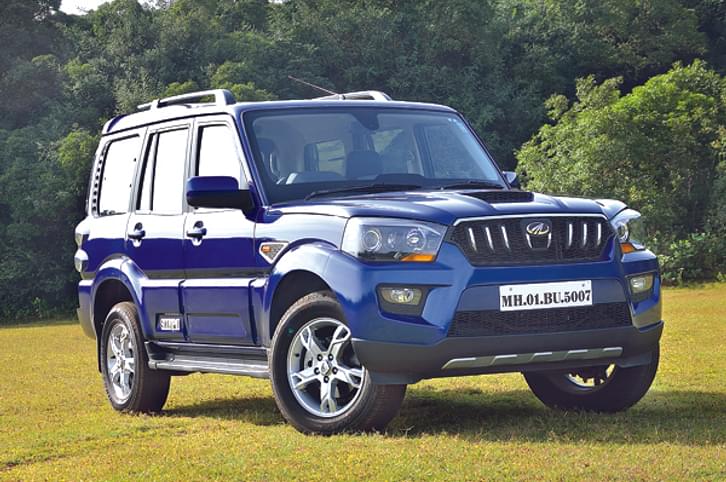
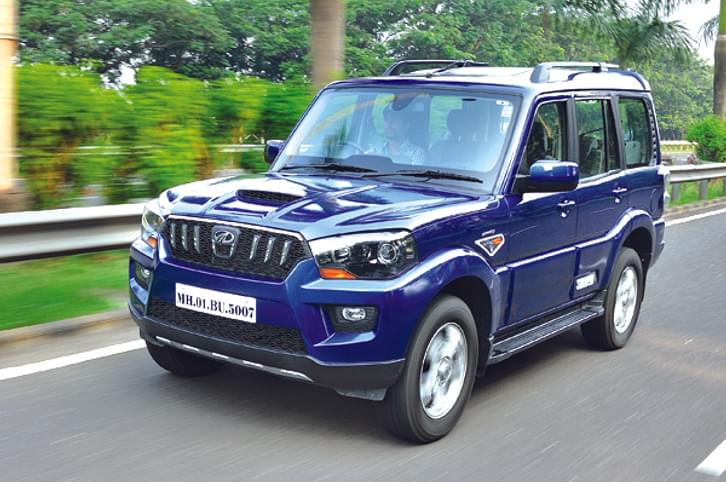

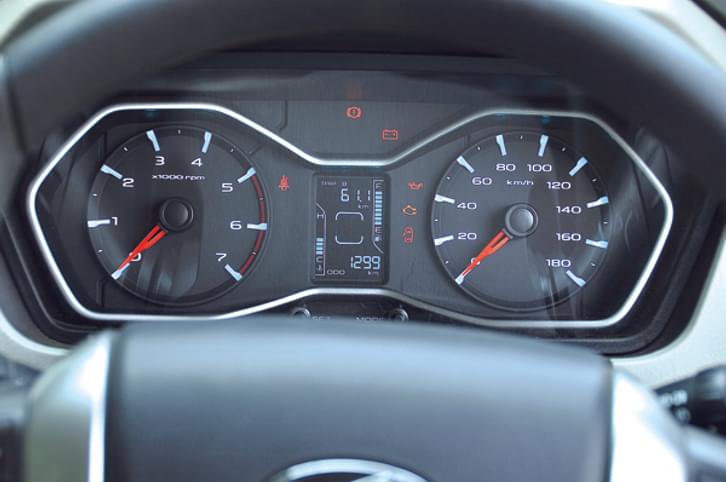
Funky blue backlit dials look attractive and the silver surround looks classy. Central trip screen shows limited info.
‘If it ain’t broke, don’t fix it’ is a cliché Mahindra & Mahindra (M&M) believes in when it comes to the Scorpio, and that’s understandable. This very SUV, when launched in 2002, completely transformed the face of M&M and has gone on to become a household name across the country. And with sales still going strong, the Scorpio continues to be at the core of M&M’s universe.
Meddling with a super star is always risky, which is why M&M hasn’t strayed far from the Scorpio formula. A series of updates over the years has improved the product considerably, but now 12 years on, it’s becoming hard to hide the Scorpio’s age – and its flaws – especially in the face of fresh competition.

Which is why M&M has given the Scorpio its biggest revamp yet and the second-generation model (W105) is largely new. But just how much better is it?
| Mahindra Scorpio Price, Mileage, Specifications, Features and Variants | |
|---|---|
| Brand | Mahindra |
| Model Name | Scorpio |
| Mahindra Scorpio Price | ₹ 15.11 - 19.65 lakh |
| Mahindra Scorpio Range/Mileage | Diesel : 15.01 - 16.01kpl |
| Mahindra Scorpio Specifications | SUV | 5 doors | 9 seats View All Specs |
| Mahindra Scorpio Features | Halogen headlight | No display | 0 airbags View All Features |
| Mahindra Scorpio Variants | S3 (9 Seater) | S3 (7 Seater) | S5 (9 Seater) View All Variants |
It’s the nose that is truly all new and gives the Scorpio a fresh face. The big fan-shaped grille has been replaced with a slimmer but wider design with distinctive looking ‘dagger-shaped’ chrome strips. The headlamp cluster is also superbly designed, with a neat LED strip sitting above the projector lamps. We also loved the way the smart-looking skid plate has been integrated into the tough-looking bumpers. The bonnet scoop adds a sporty touch, apart from feeding cool air directly to the air-to-air intercooler.
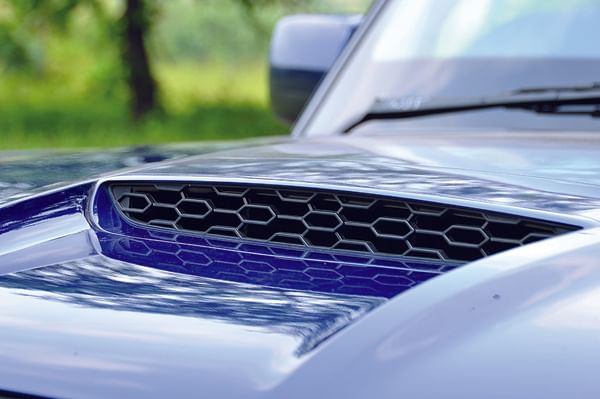
From the side, the carryover doors and windows make the changes less obvious and the old-fashioned rain channels betray the Scorpio’s vintage.
There’s new plastic cladding and a cheesy looking faux vent behind the wheel arch, which don’t really work, but the larger 17-inch wheels do improve the Scorpio’s stance.
The plastic cladding on the tailgate with an inset chrome garnish for the number plate do a good job of making the upright Scorpio look less slab-sided from the rear. The tail-lights with their LEDs and clear glass are another design highlight.
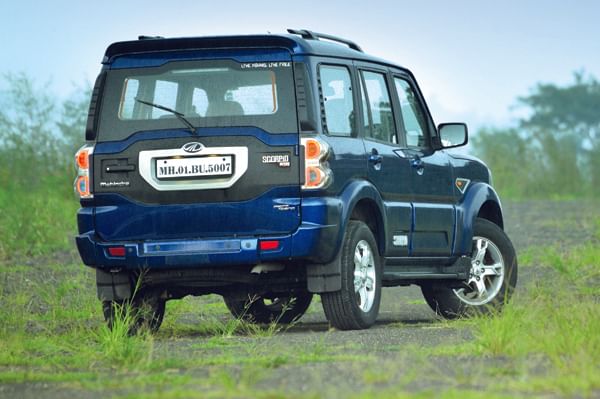
Given the limitations the designers had, it’s fair to say they’ve done a pretty good job. The new Scorpio looks far more sophisticated than before, though we are not sure how well this would go down with traditional Scorpio owners.
The big changes though are below the body and centre on the all-new ladder or body-on-frame chassis that will underpin future Mahindras. The new chassis is far stiffer and stronger than before, and is designed to meet future crash regulations. The limitations of the body didn’t allow the wheelbase to be altered, though the new chassis can be stretched and widened to suit the dimensions of future models.

Other mechanical changes include a revised front suspension that sports service-free hubs, the addition of an anti-roll bar at the rear and greater wheel travel. The Scorpio’s track has been widened, both front and rear, for better stability but what hasn’t been improved or lowered sufficiently is the centre of gravity. Even in its new avatar, the Scorpio hasn’t lost its flab and still weighs a considerable 1,820kg (30kg less than the previous car). And with most of that mass sitting high up, the Scorpio is still too top-heavy.
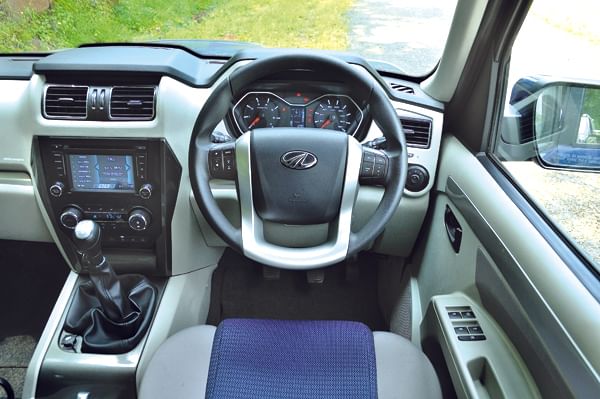
The all-new dashboard, with its layered design, has a nice play of different textures and materials that have transformed the ambience of the cabin. The plastics aren’t up to global standards but are far better than the local competition.
In fact, there are a surprising number of quality touches inside. We like the fluid and well-damped way the knobs and buttons work and even the air vents feel robust. Detailing like the silver accents on the steering wheel and around the vents and dials enhance the appeal, but what feels out of place are the cheap door handles – they are hard to operate and feel like they could snap off.
M&M hasn’t pulled any punches when it comes to features and the Scorpio is easily the best-equipped SUV in its class. The top-end S10 version we’ve tested here gets tyre pressure sensors, cruise control and steering-operated controls
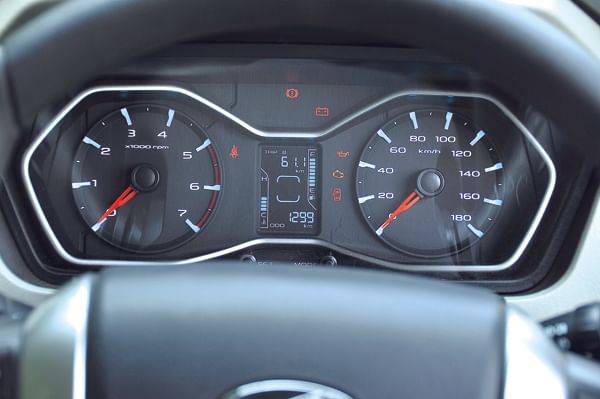
Taking pride of place in the centre console is a new six-inch touch-screen infotainment system that interfaces with the audio, navigation system and climate air-con systems. It has parking sensors too but there’s no camera.
The Scorpio’s seats are again all new and quite comfy but could have been better designed. In the quest to increase under-thigh support, the seat squabs are too long, and if you’re short they dig into you behind the knees. This is made worse in the middle row where the seat base has been angled a bit too far upwards. Legroom and headroom are pretty decent and, despite the narrow cabin, the wide bench makes sitting three across quite comfortable.
The front seats are more generous than before but the wider seat base almost touches the door pads. As a result, you can’t access the door pockets (which are impractically slim) or the seat adjuster, unless you open the door! It’s an appalling snafu, but then the Scorpio’s ergonomics have never been great. M&M’s engineers have improved driver convenience by moving the power window switches to the doors and the fuel filler release button to the dash, but there are other buttons that aren’t as well located – like the auto lights, auto wiper and auto start-stop buttons – and the central locking can only be operated by the locks on the door handles, which are annoyingly hard to open.
Our test vehicle came with side-facing jump seats in the back, which are best suited for very small runs. The Scorpio can also be specified with a forward-facing third row bench but in reality it’s best to leave this space for luggage.
Performance is even better than before and the new Scorpio lumbers past the 100kph mark from rest in 13.4 seconds, which is 1.4 seconds quicker than the previous model; pretty impressive for a 1.8-tonne vehicle. In-gear acceleration too is a shade quicker than before, especially in third and fourth gears.
But it’s not the outright performance, but rather the manner in which the engine delivers its power that is at the heart of the Scorpio’s appeal. The torqueymHawk motor is so responsive that it makes the heavy Scorpio feel light on its feet and faster than the VBOX numbers suggest. The engine pulls without fuss from as low as 1,500rpm and there’s a strong surge after 1,800rpm. The mid-range punch of this motor is superb and you feel there’s a surplus of power. Overtaking is effortless and the Scorpio can be wafted past slow-moving vehicles quite easily. It’s not an engine that likes to be revved though and it’s best to shift up before 4,000rpm to land back in the meat of the powerband.
The engine is amazingly refined as well and at cruising speeds it’s impossible to tell it’s a diesel. The new gearbox is better than before but still feels quite notchy and the clutch could have been more progressive and lighter.
The suspension no longer feels like it’s made of jelly and the overall ride quality is vastly improved, especially at low speeds. The suspension, which is on the softer side at the rear, works noiselessly and takes the edge out of potholes, adding to the feeling of comfort. However, on an uneven surface, the ride can be a bit bouncy and the rear wheels hop over sharp edges.
Up the pace a bit and you quickly learn that you can’t defy physics. This top-heavy SUV, riding on a relatively narrow track, rolls quite a bit through corners, dives under braking and rocks a bit from side to side, but not as alarmingly as before. Body movements are by and large well contained and, unlike the previous Scorpio, the new one doesn’t scare you when you push it hard.
What we really liked is the responsive steering and the way the front end is nicely tied down. This has given the Scorpio impressive agility and it turns into corners far more enthusiastically. You have a greater sense of control and you can punt it around with more confidence than before.
But however good the Scorpio has become, it still doesn’t have the driving dynamics of monocoque-based SUVs like the Renault Duster that we are now accustomed to.
With the older body shell carried over, the Scorpio at first seems more like a facelift than an all-new model. However, it is amply clear that the improvements run wide and deep to make it better in every respect. The styling is much sharper, the feature-packed cabin feels several generations superior and, crucially, the Scorpio is much nicer to drive.
No doubt it still has its flaws; the cabin ergonomics are far from perfect and the tall and narrow dimensions ultimately limit the improvements to ride and handling. But conversely, its the boxy proportions that give the Scorpio its special character. The high seating position, great visibility and strong engine give you a sense of control, which is a big part of the Scorpio's appeal. And when you factor in its price tag, which is more attractive than any other SUV in its class, the legendary Mahindra is even harder to overlook.
Copyright (c) Autocar India. All rights reserved.

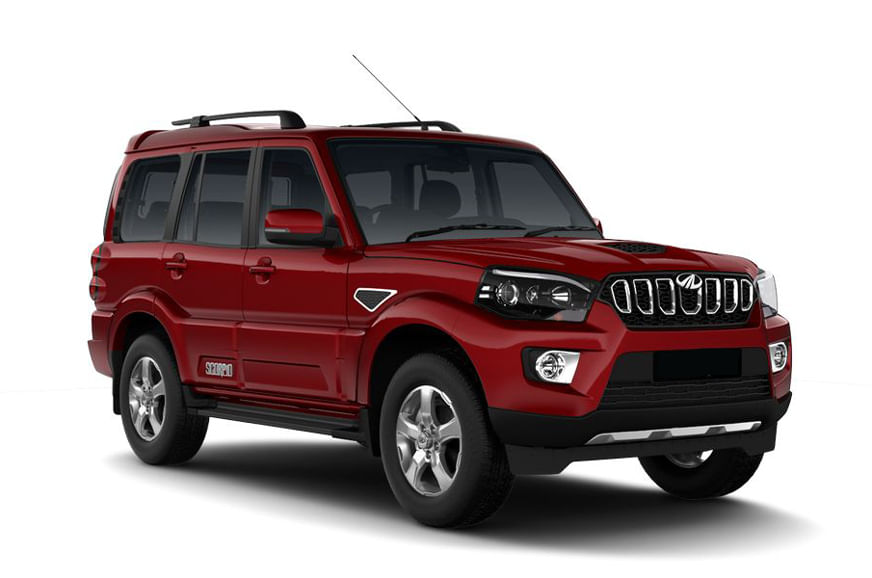

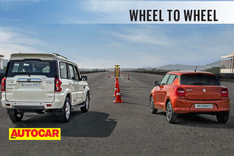


Comments
Member Login
Personal Details
No comments yet. Be the first to comment.